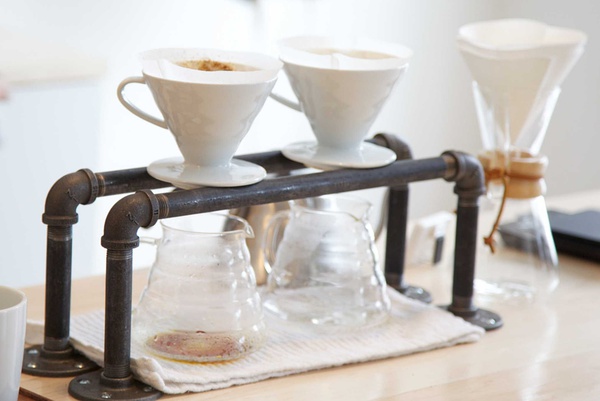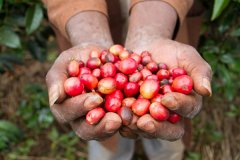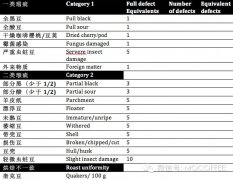Coffee Raw Bean sieve grading Table (SCREEN SIZING)

Coffee is produced in more than 50 countries in the world, and different standards of raw bean classification have been derived, of which the most basic common classification method is the Screen Sizing classification method based on the particle size of raw coffee beans. The raw beans to be graded are put into the sieve plate and shaken continuously. Only the raw beans whose particles are larger than the pore diameter are retained, the rest fall down, and continue to be graded one by one with a smaller pore size. For example, if SCREEN No.14 is marked, it indicates that it has passed screen 15 and remains on screen 14. At present, most of the screen procedures are carried out automatically by machines, and only a few places are still graded by traditional manual shaking screen. After sieving and grading, raw beans will be marked with sieve grade (Screen Number), which usually directly affects the selling price.
Take Colombia, one of the top three coffee producers in the world, as an example, the larger pellets of raw beans with sieve grades of 17 / 18 were marked as Supremo,14 beans 16 and marked as Excelso. In terms of the same style, the market price of Supremo is slightly higher than that of Excelso. The common size of flat bean (Flat Bean) is about 15-18, and that of round bean (Peaberry) is between 9-11.
Does the size of the screen affect the flavor? The answer is' not necessarily'. The appearance of raw beans should not be confused with their flavor performance, which is the basic understanding that we must have.
Important Notice :
前街咖啡 FrontStreet Coffee has moved to new addredd:
FrontStreet Coffee Address: 315,Donghua East Road,GuangZhou
Tel:020 38364473
- Prev

Colombian coffee raw bean grading method
One: according to the defect rate, the number of defective beans allowed per 500 gr sample:-Private raw bean exporter: 72 defects-National Coffee Council: 42 defects defective beans are divided into two types:-first: known as first-level defects-second: called second-level defects first: main defects (defects that affect coffee taste characteristics): black beans, moldy beans.
- Next

Is the grading standard of boutique coffee defined by SCAA so strict?
You love coffee, but you may not know or think of it, in fact, coffee beans have a lot of defects, and a variety of defects, all kinds of strange. There are many reasons for defects. Defects may affect our taste experience of coffee at different levels, and may also affect our health. However, many defects that can be clearly seen in raw beans can be quickly invisible once baked.
Related
- Guji coffee producing area of Guji, Ethiopia: Humbela, Shakiso, Wulaga
- What is the most expensive variety of Qiloso in BOP multi-variety group?
- How to store the coffee beans bought home?
- Why are Yemeni coffee beans so rare now?
- Ethiopian Sidamo all Red Fruit Sun Sun Santa Vini Coffee beans
- SOE is mostly sour? What does it mean? Is it a single bean? what's the difference between it and Italian blending?
- Is Italian coffee beans suitable for making hand-brewed coffee?
- How to choose coffee beans when making cold coffee? What kind of coffee beans are suitable for making cold coffee?
- Just entered the pit to make coffee, what kind of coffee beans should be chosen?
- Can only Japan buy real Blue Mountain Coffee? What are authentic Jamaican Blue Mountain coffee beans?

